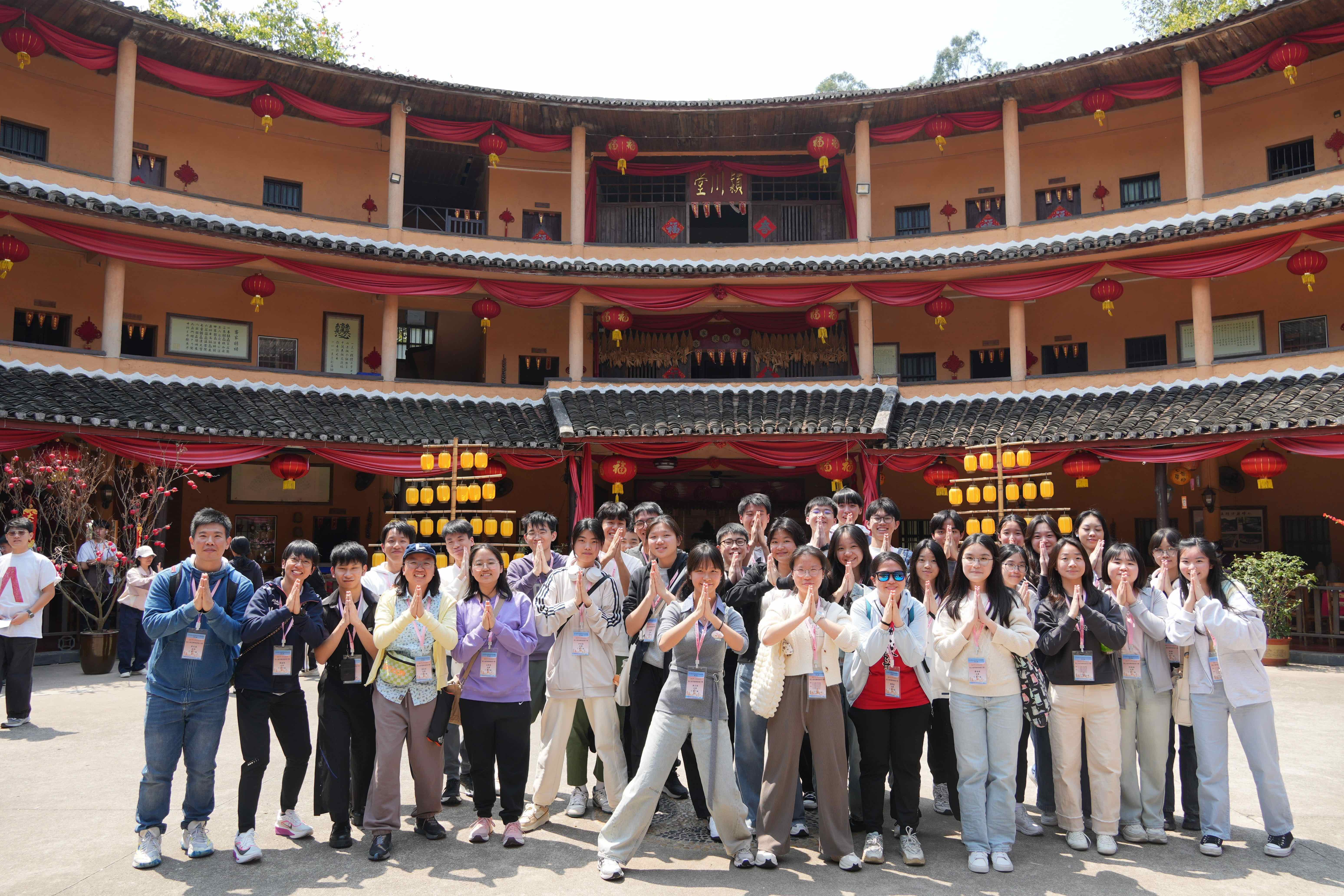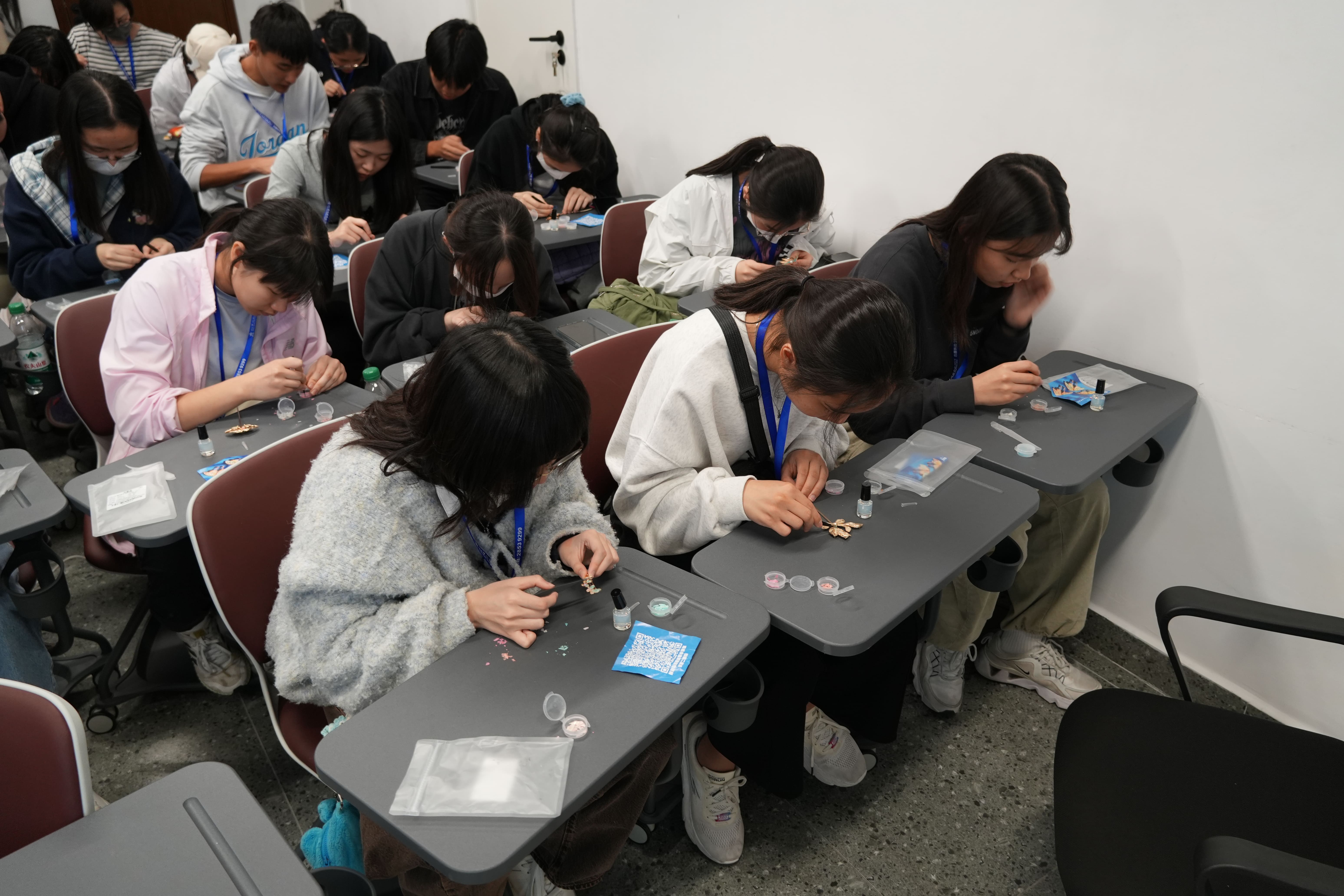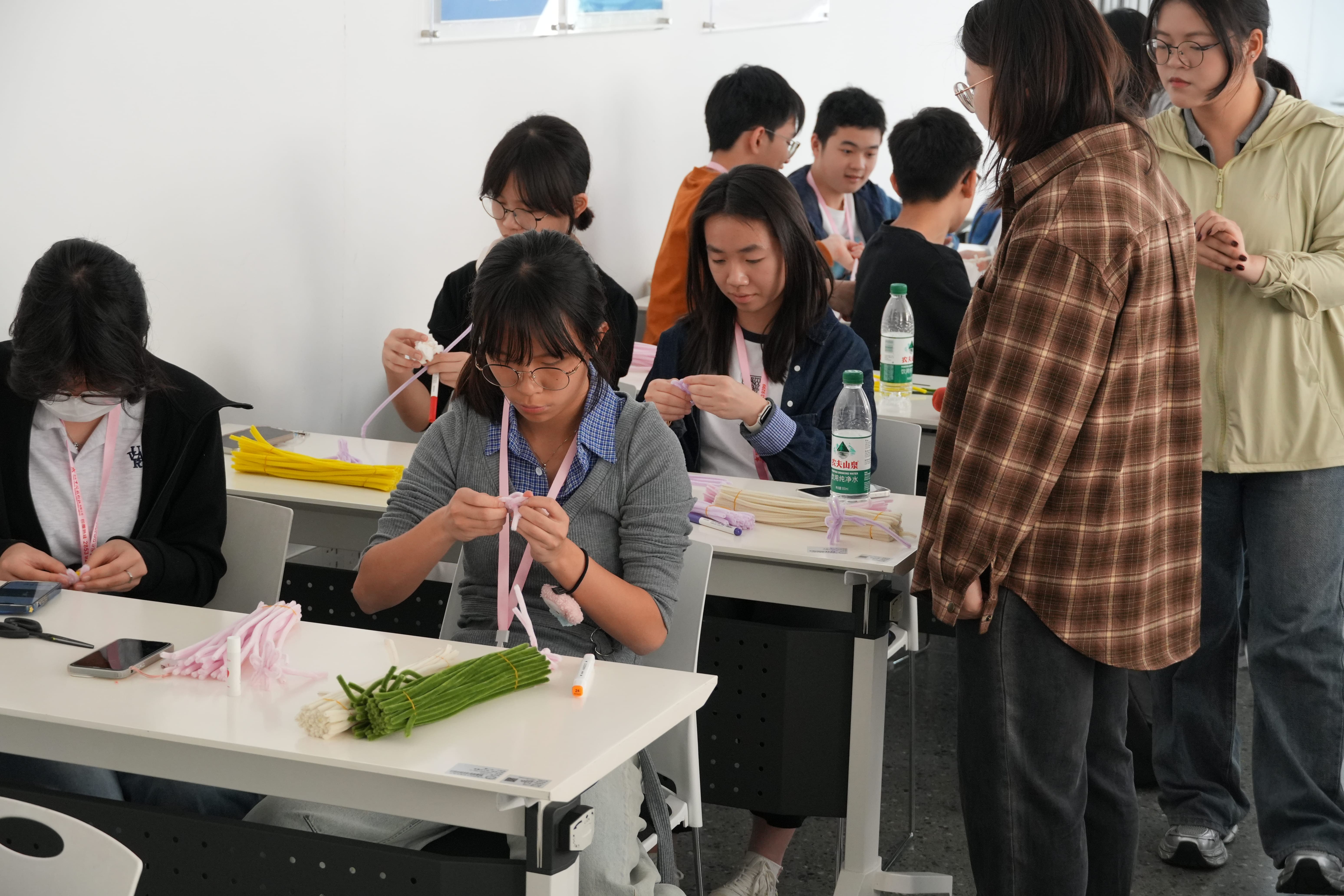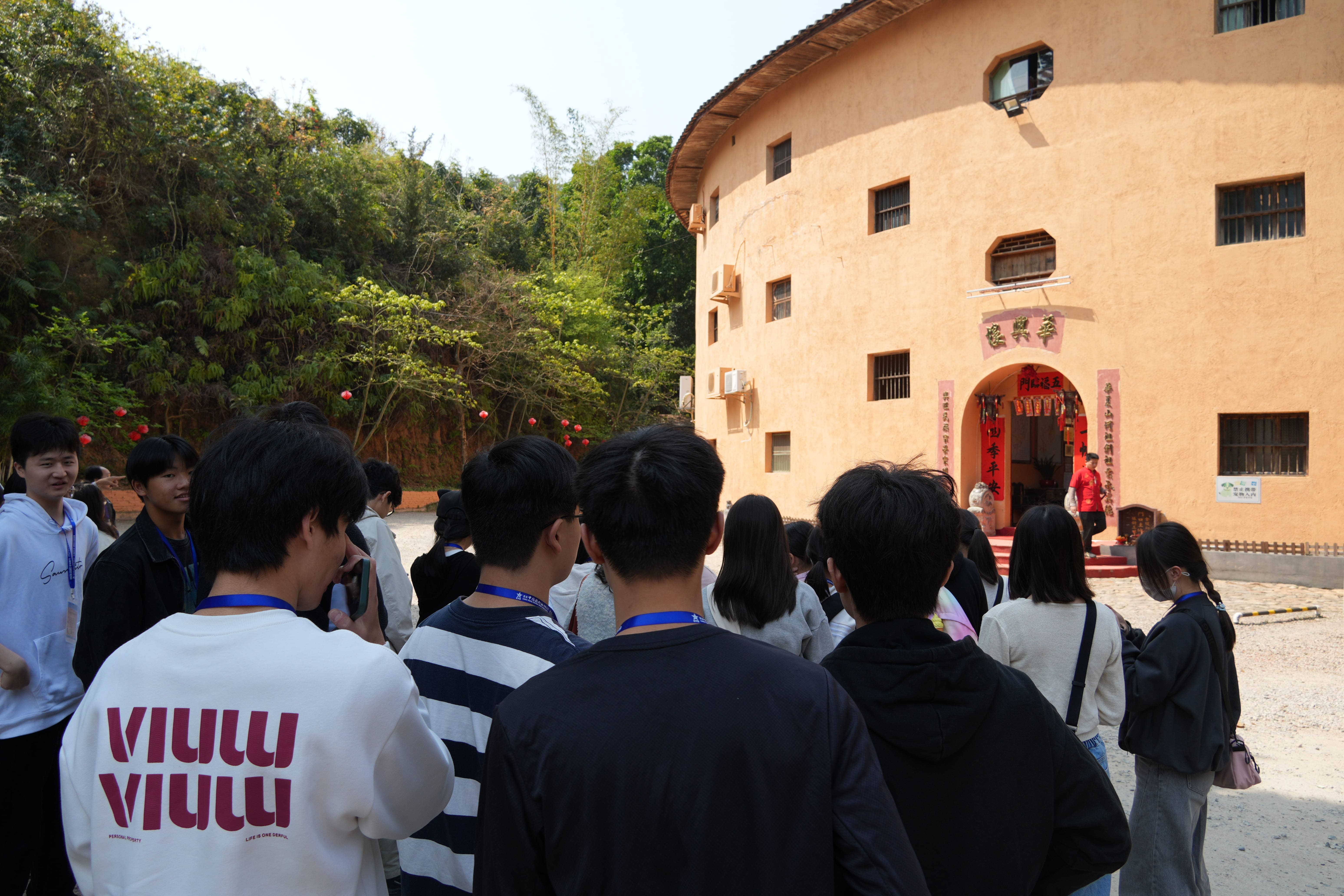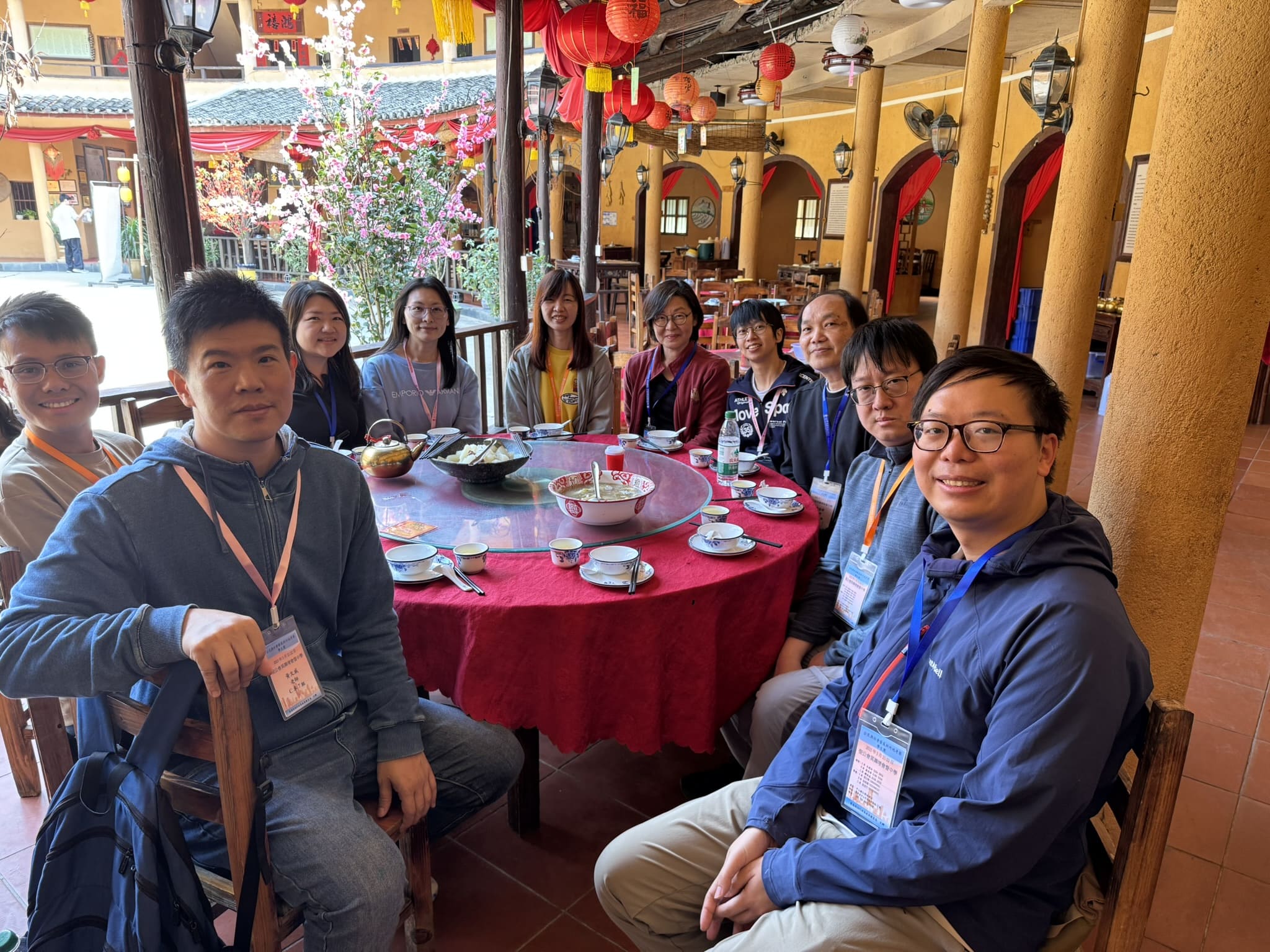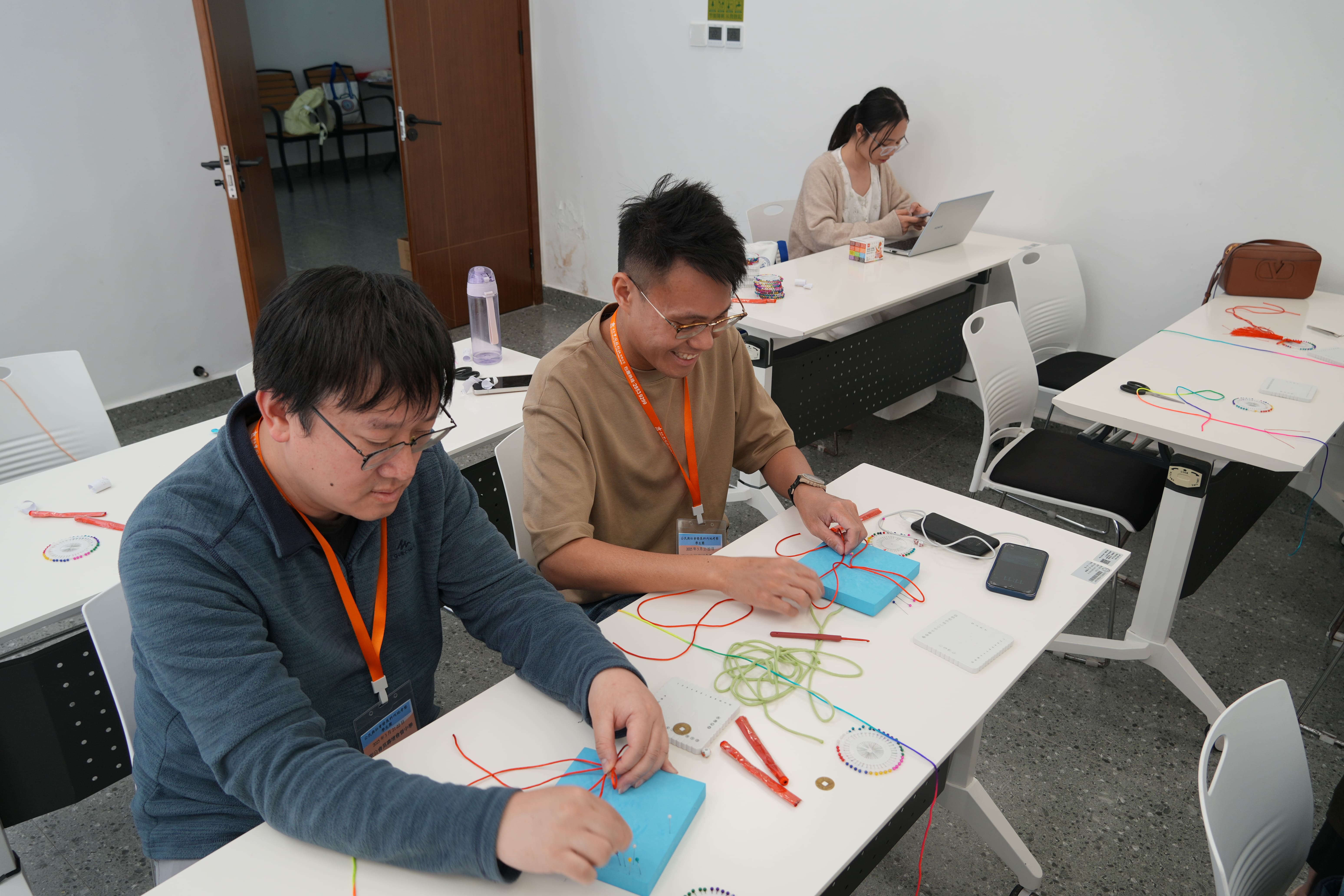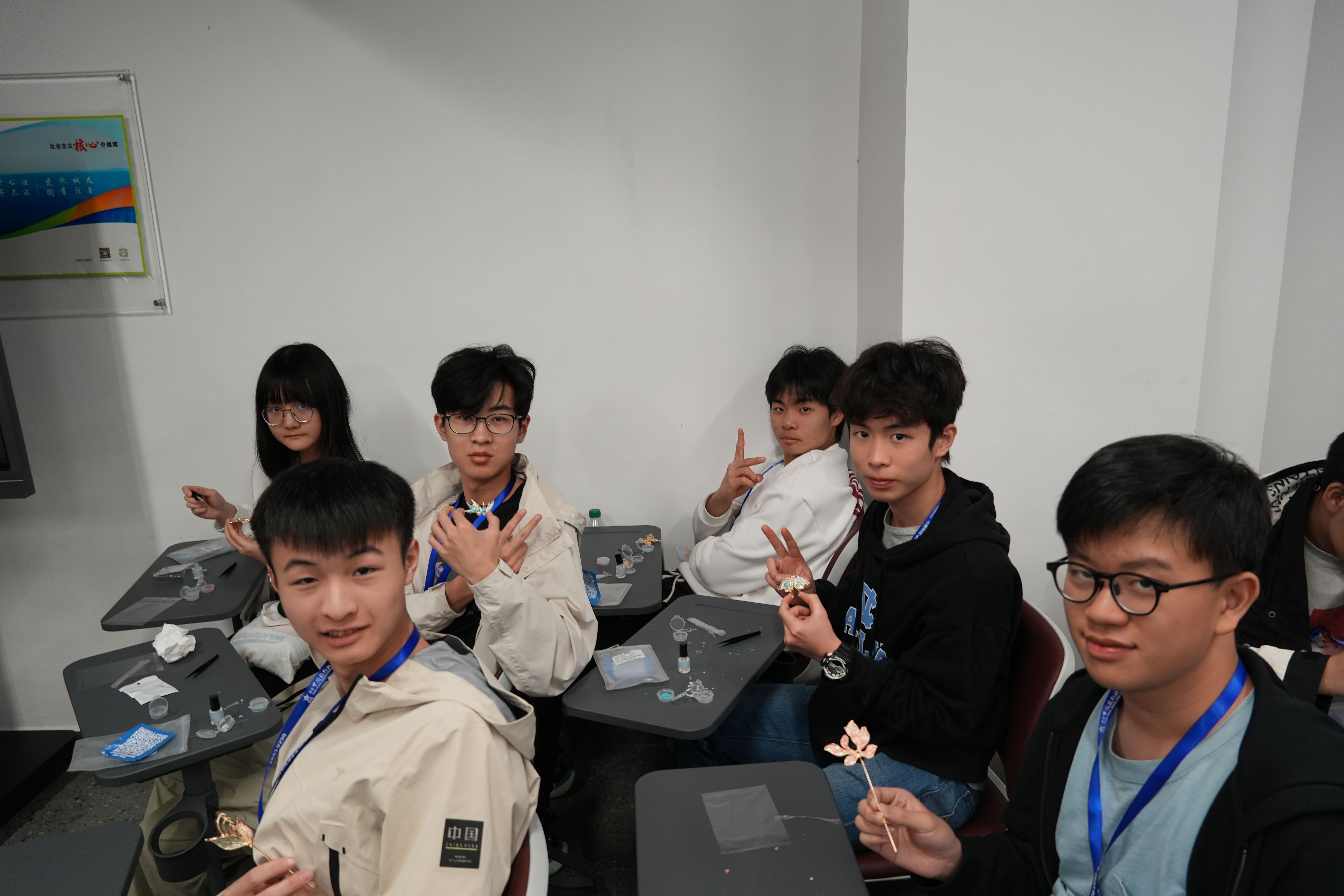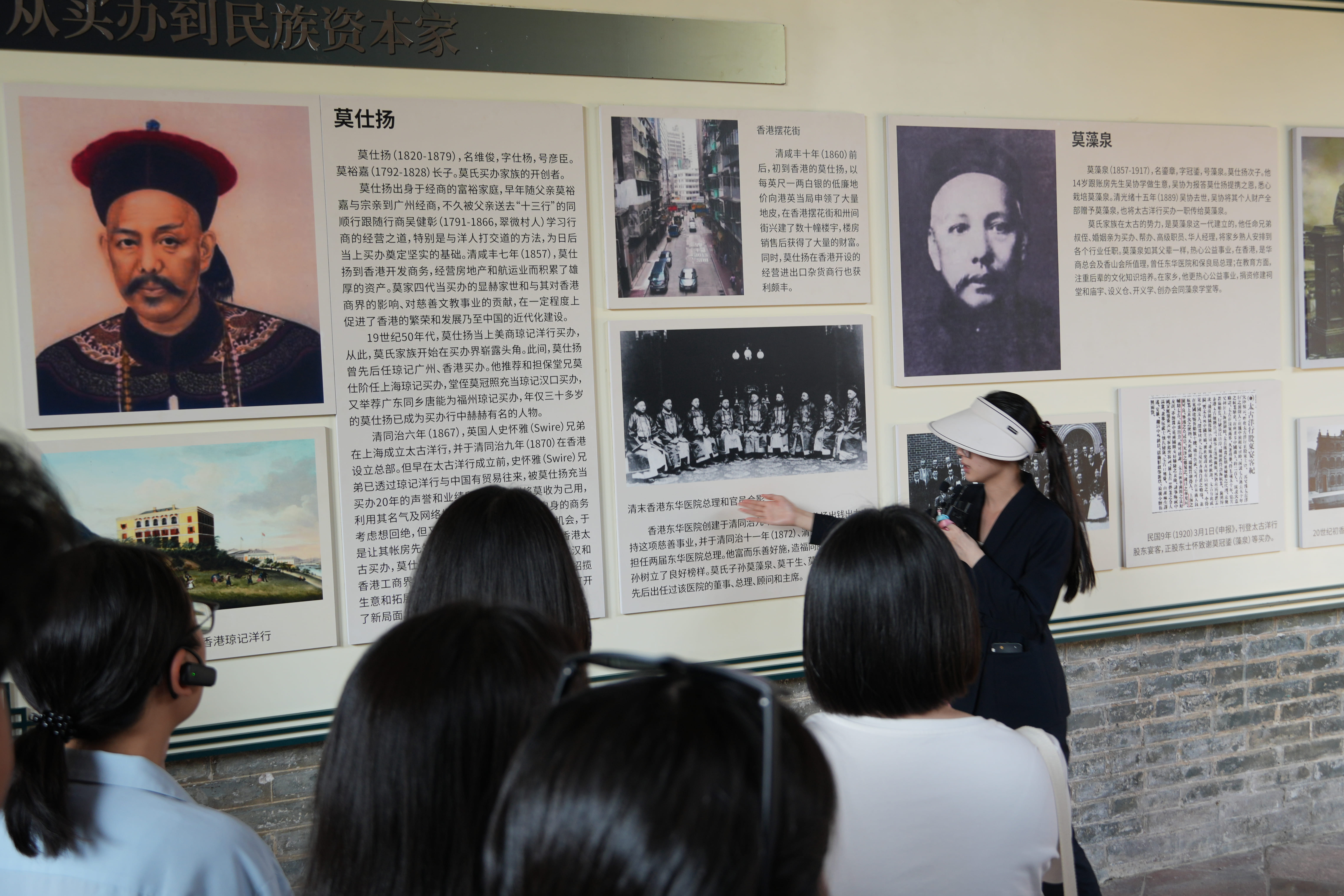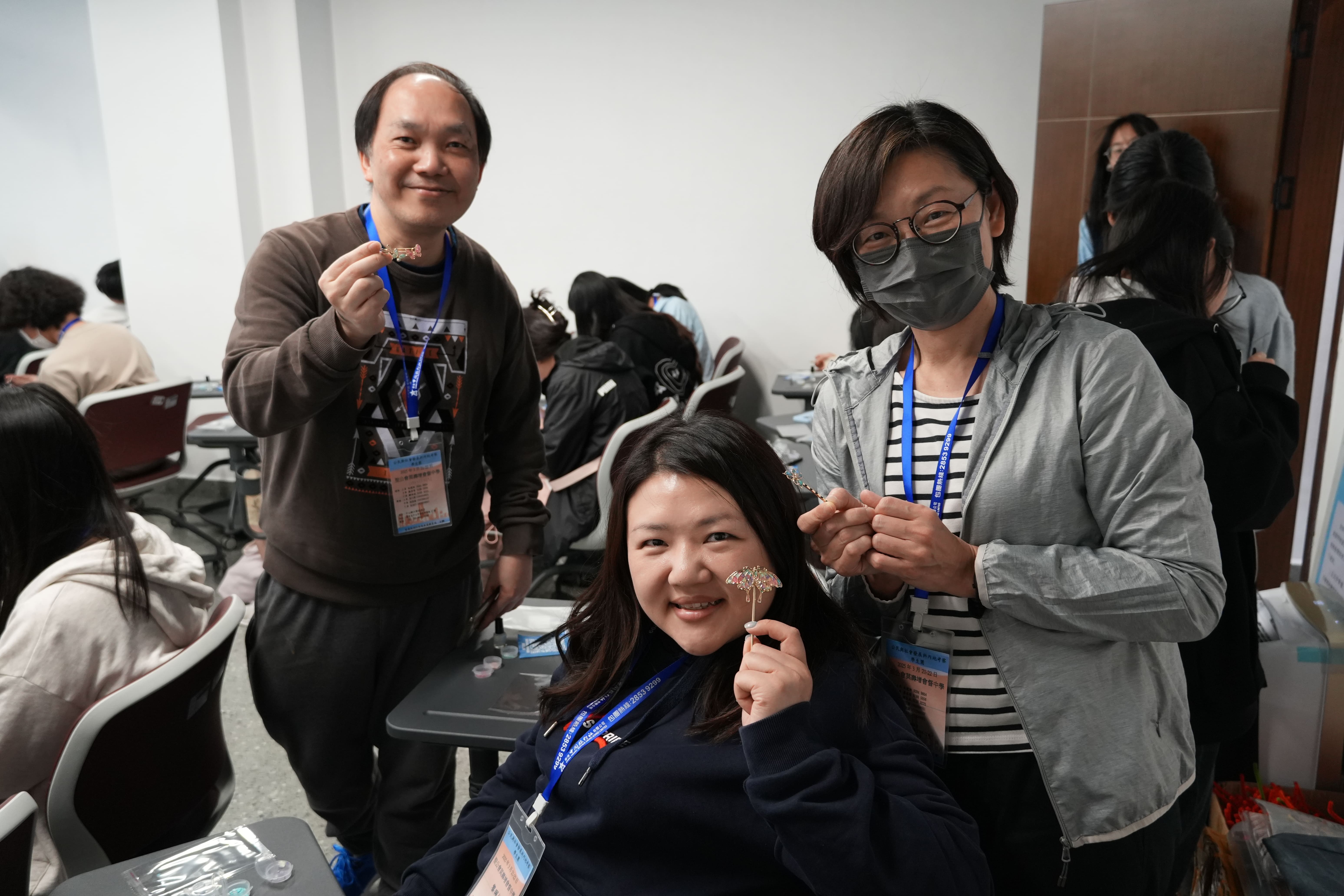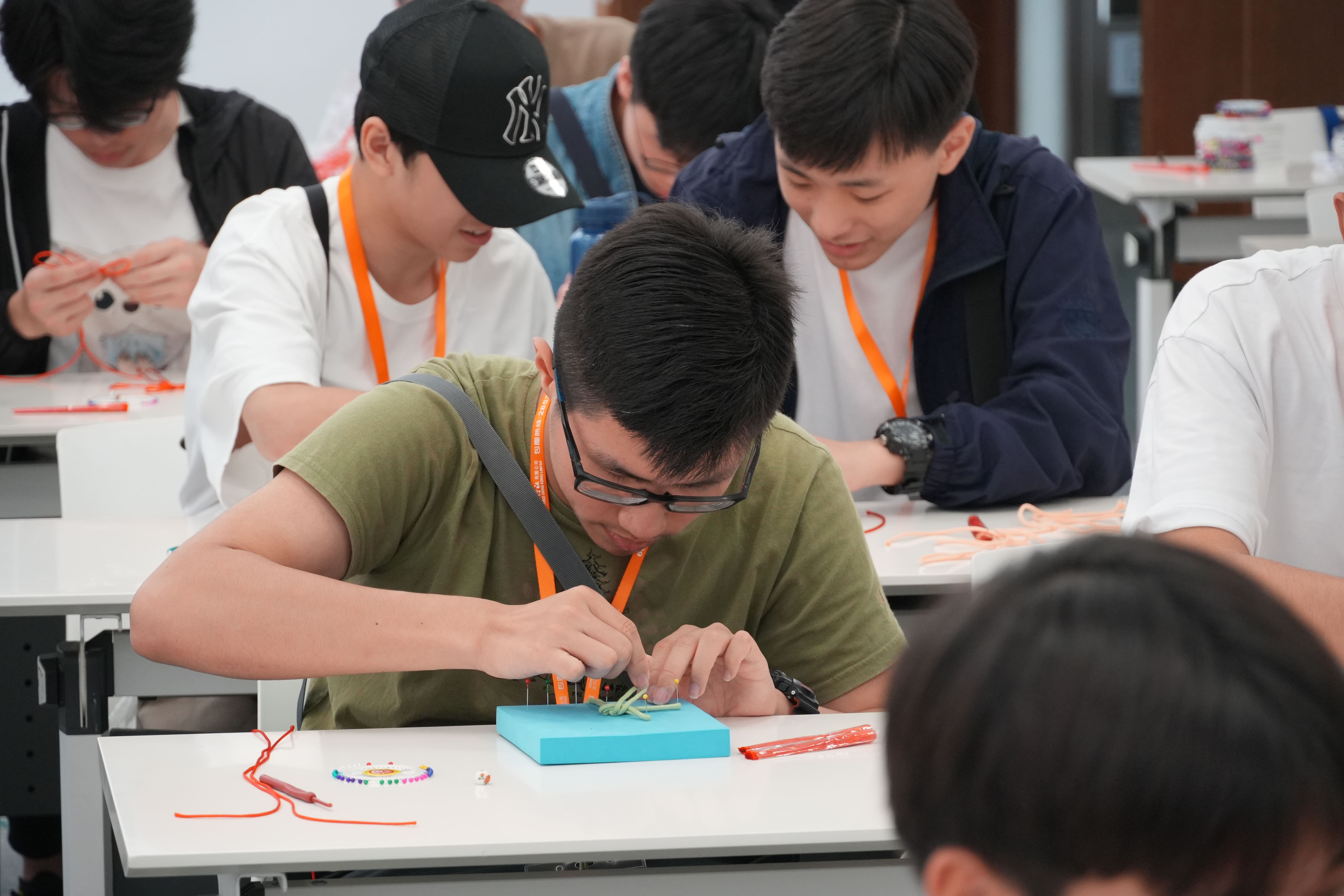From March 21 to 22, 2025, all our S5 students embarked on a cross-border study tour for Citizenship and Social Development, traveling to Zhongshan and Zhuhai for an immersive journey through time.
From the weathered Hakka tulou to the solemn halls of museums and the bustling arcades of old streets, we traced the pulse of civilization through architectural textures and everyday life.We took the Shenzhen-Zhongshan Link, traversing an undersea tunnel, and arrived in Zhongshan in just 40 minutes.
At Wuguishan Tulou, the layered earthen walls rose like fortresses born from the earth. Our guide explained the Hakka philosophy of "clan unity and communal defense"—how these structures were built near mountains and water, using local materials for insulation, with circular designs embodying harmony between heaven and earth.
Inside, we savored traditional Hakka dishes: salted chicken, stuffed tofu, and bitter melon soup. These flavors revealed the ingenuity of a people who adapted to mountainous isolation—using tofu as dumpling wrappers (due to scarce wheat) or preserving meat through salting. Every bite spoke of resilience and resourcefulness.
In the afternoon, the Zhongshan Museum’s "Winds Over the Lingding Sea" exhibit unfolded 5,000 years of history: from the agrarian roots of Xiangshan County to its role as a pioneer in modernization and trade. The exhibit culminated in Dr. Sun Yat-sen’s 1911 Revolution, a testament to the region’s "daring to lead the world."
The most touching exhibit to me is a ledger titled "Peru’s Chinese Community War Donations for Anti-Japanese Resistance." As a Chinese History student, I was awed by the diaspora’s unwavering patriotism—proof of the unbreakable bonds that have sustained China’s civilization for millennia.
As dusk fell, we sipped Wugui black tea under the shaded arcades of Zhongshan’s qilou (covered walkway streets), where residential upper floors overlooked bustling shops below—a blend of practicality and tropical respite.
We began at Beijing Normal University (Zhuhai Campus), where Dr. Lin Yingzheng’s lecture on Lingnan culture captivated us. He traced the region’s evolution through four major migrations—from Qin unification to Song Dynasty refugees—and how Lingnan became an economic hub. His lively anecdotes about dialects, cuisine, and architecture brought the past to life.
Next, we rolled up our sleeves for intangible cultural heritage workshops: mother-of-pearl inlay, Chinese knotting, and velvet flower crafting. These hands-on experiences transformed textbook concepts like "cultural preservation" into tangible pride.
Our final stop was the century-old Huitong Ancient Village, home to the Mok family—compradors who bridged East and West. Their legacy, etched in the village’s grid-like lanes, blended Lingnan grey-brick houses with Western-style watchtowers and arches. Here, "Chinese essence, Western utility" shaped China’s early steps into global trade.
Two days transported us across eras—from Hakka collectivism to Zhongshan’s mercantile vibrancy and Zhuhai’s hybrid modernity. As the saying goes: "Better to travel ten thousand miles than read ten thousand books." This tour wove textbook knowledge into lived experience, deepening our grasp of China’s cultural tapestry and fueling our hopes for its future.
Written by 5C He Yu Shan
